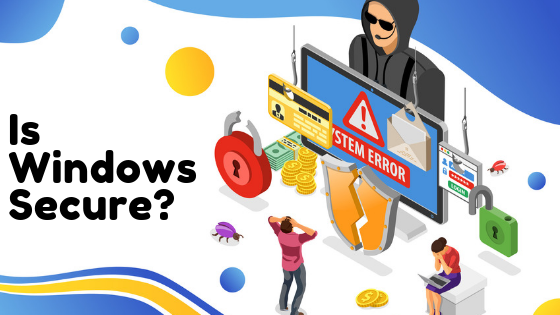Ten questions to ask while considering outsourcing your IT services to a provider.
Many companies are outsourcing their IT functions due to convenience and budgetary constraints. Small- and medium-size businesses can focus their hiring of staff for their core business, and hire an IT consultant for their expertise and efficiency. However, even with the growth in IT consulting, there are several things you should consider before signing a contract.

It easy to fall prey to assumptions when interviewing consultants to outsource IT services. Packaged services don’t always include additional IT support, management, maintenance and security needed for your business’ network. When agreeing to a contract, look carefully to make sure it contains everything you need. Here are some questions for you to ask when interviewing a new consultant.
1. How do you support security compliance?
Often IT providers support security compliance through their package bundles which include an array of features and components. On this list of features you should see firewall configuration, vulnerability patching, incident response, intrusion detection systems (IDS), demilitarized zones (DMZs), intrusion prevention systems (IPS) and more. These features should be included by default to protect your data and hardware.
Dependent on your industry and client list, you should have a good idea of the level of security necessary for your network to ensure compliance and proper security documentation. Discuss this with any providers you interview to match the level of security needed to protect your business.
2. How do you manage service integration?
In order to stay competitive, your company needs to fine-tune service integration. Standard Information Technology Infrastructure Library (ITIL) capabilities require integration and automation from your IT service provider to minimize errors and provide secure and effective on-demand service delivery.
3. How do you support incremental outsourcing?
In order to reduce risks associated with outsourcing, you can divide the requirements you need into manageable projects. If you provide a specific set of deliverables to your service provider to work with in a trial setting, you can better assess their completion. You have the option of having the work done on your premises or remotely to better prepare for completely outsourcing managed services.
4. Do you provide a service-level agreement (SLA)?
The service-level agreement (SLA) is one of the most important factors in outsourcing IT services. This agreement is where the service provider details the list of support actions they will provide including end-to-end program management and deliverables to your company.
The agreement should lay out how the provider will take on the project from your company, deploy a small remote or on-site team to coordinate and complete the work. Included in the agreement are delivery dates, the effectiveness of the work, surveys to ensuring the quality of service, and timeframes for the availability of services and service request response times.
5. How flexible is the SLA?
Can the provider grow and change as your business does? Changes within your company should be reflected by the services provided for your IT needs. As you grow, your company will hire more people, take on new projects, add new departments and functions, and have a need for scalable IT infrastructure from your IT provider. In fact, your service provider should have expertise in their field that includes the knowledge and experience to custom-fit a scalable infrastructure that you need for your company.
6. What kind of experience do you have?
If you look at managed service providers by price alone, you may find that you don’t get the expertise you need. It’s better to outsource your IT services needs to an expert that’s completed hundreds of projects successfully. Extract the most value from an experienced partner to gain peace of mind over the quality of work completed. Included in the experience is the latest training and tools available to best protect your company’s data.
7. How do you handle IT strategy vs. emergency support?
If your company has a strategic IT strategy, you need a service provider that can act as a partner in this process. Your service provider should be the expert resource to assist in your strategy. If all they do is take orders and offer emergency service, they are not the right fit for your company.
8. Who will govern our IT services?
Your SLA should include an understanding about who will govern and take responsibility for your IT services. By including a foundational governance framework, you will set the tone for future accountability and start with a shared understanding for your team and your provider’s team. This framework determines which entity makes specific decisions to support organizational principles.
9. What is your reporting process?
Formal reporting should be listed in your SLA and include the standard set of reports provided and a timeline for delivery of those reports from the provider. The frequency and scope of the formal reports between the provider and in-house manager should take place according to the schedule. However, many providers offer informal reports as work is completed.
10. How will you adopt new configuration management?
Changes are part and parcel of a business, making managing those changes routine for your IT service provider. For routine changes, your SLA should cover implementation, but if you have a large project then you should discuss management with your provider before implementation. You can initiate a change request to the provider to allow them to complete an analysis of how to proceed. Once the provider has responded with a schedule and any questions they have, you can move forward on the project together. With a system in place to accomplish new projects, it’s easy to maintain proper tracking and logging of work completed.









